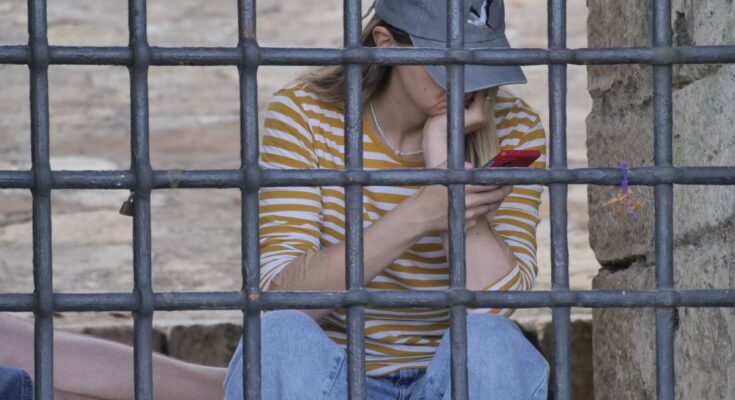In Milan, a 22-year-old youth was stabbed, suffering serious injuries that left him disabled. Based on investigations, the attackers, after injuring and robbing him, planned to spread the action on social media. “Let’s create an Instagram story. There is a video where you can see us slaughtering him”, said one of them, an attack that is therefore no longer just news, but becomes new modes of violent communication. Self-expression on camera, and the desire to provide testimony or exhibit, becomes an integral part of the crime. Called live crime broadcastand this is an increasingly widespread phenomenon.
What a crime live streaming phenomenon
The term “live crime broadcast” denotes cases that occur violent or criminal acts are filmed liveor in real-time, e shared across social platforms or stream online. This is not just about recording events: the key element is that the person committing the crime knows full well that his actions will be seen by others. And the method of publication is an inseparable part of the criminal act. A phenomenon in which social media plays a fundamental role. Additionally, several studies highlight how social media can contribute to “fueling” real-world violence, or turning it into content to be viewed or shared.
Because this phenomenon is growing
There are several factors that contribute to the spread of this video crime. First, social platforms provide visibility and often reward content that generates reactions, even because of shock, fear or anger. For example, a study conducted by the Youth Endowment Fund found that 70% of teenagers in England and Wales had seen real-life violent content on social media in the last year, and the majority of teenagers discovered it because the platform suggested it via feeds or stories.
Second, audience and audience size provides incentives: filming or broadcasting an attack can give a form of power to the individual or group committing violence or crime, recognition, even negative, or simply the perception of being “seen.” Even in gang or microgroup dynamics, online visibility can be a motivating factor: as a report from the Center for Public Safety Initiatives at the Rochester Institute of Technology underscores, social media is used as a practical tool for violence and retaliation.
Finally, there is a gap in timely regulation and moderation: platforms struggle to intercept the spread of violent content in real-time, especially when such content spreads through short stories or private chats, which are then quickly shared between users.
What concrete risks emerge
When an attack reaches “spectacular” dimensions, the risks increase. For victims there are physical and psychological lossesbut also the possibility that the event will be repeated or shared online, thereby exacerbating the trauma. For society, normalization of violence as content can change perceptions about the boundaries between crime and performance. Additionally, young people who repeatedly view violent or “shareable” videos or stories may have a distorted view of reality.
From a judicial perspective, there is a video or message being shared
from attackers, this may provide evidence, but it also opens up complex questions about platform responsibility, data retention, and the line between freedom of expression and evil spread or promoted online.



